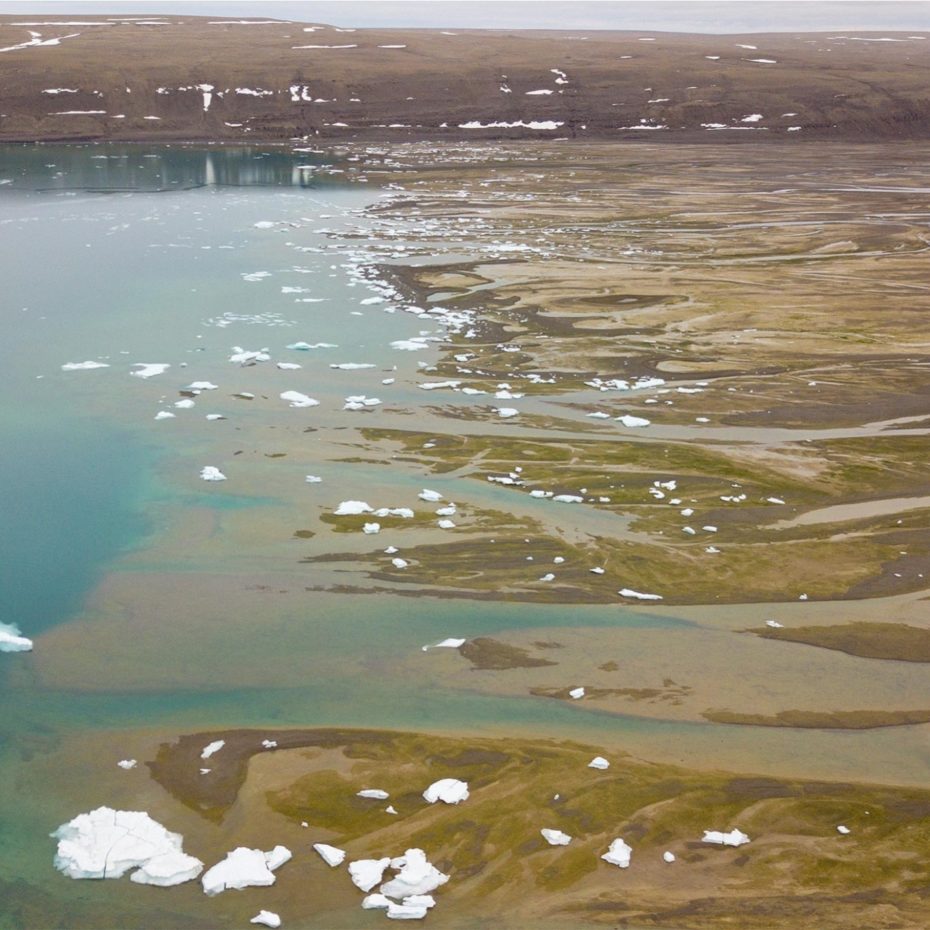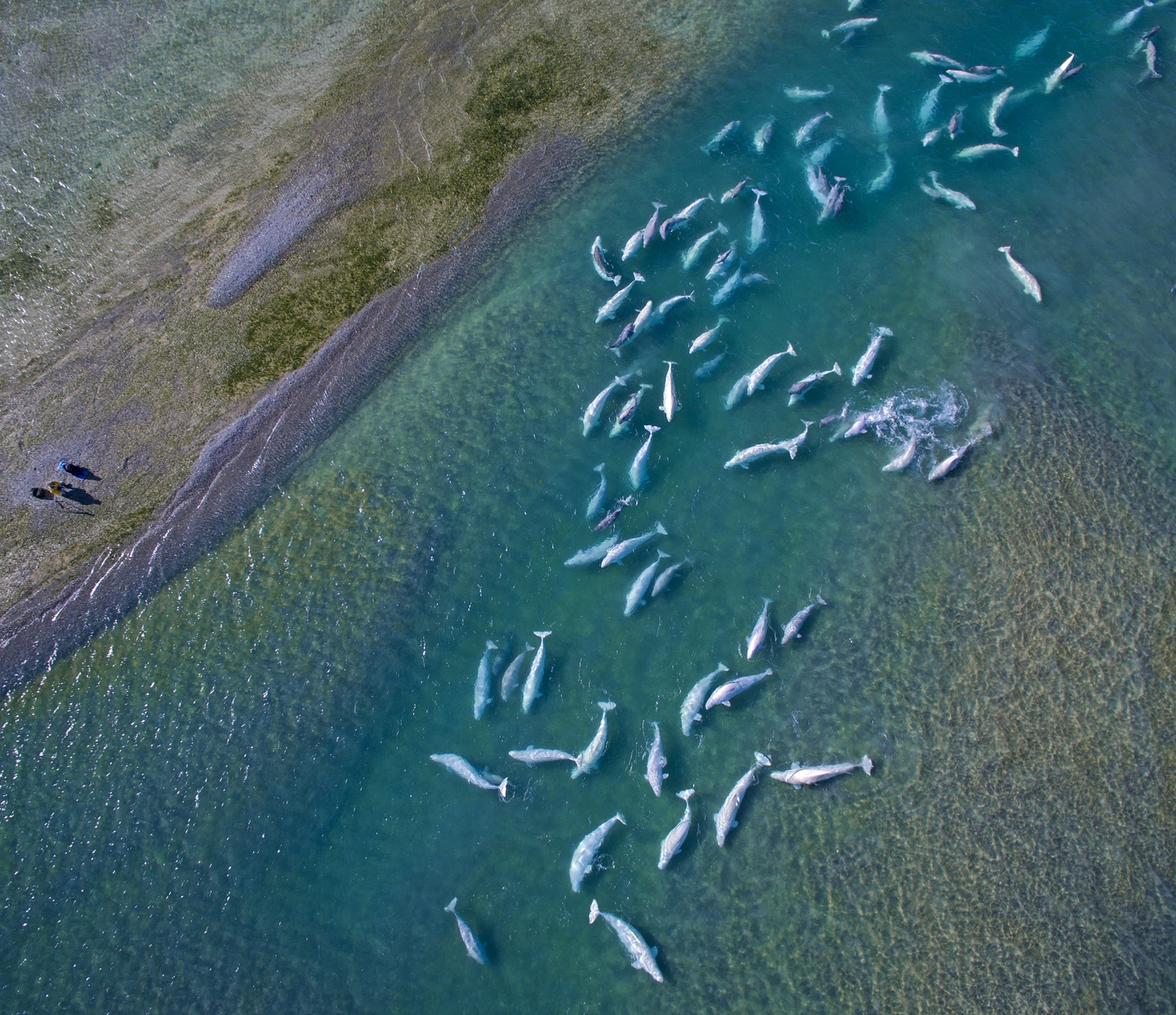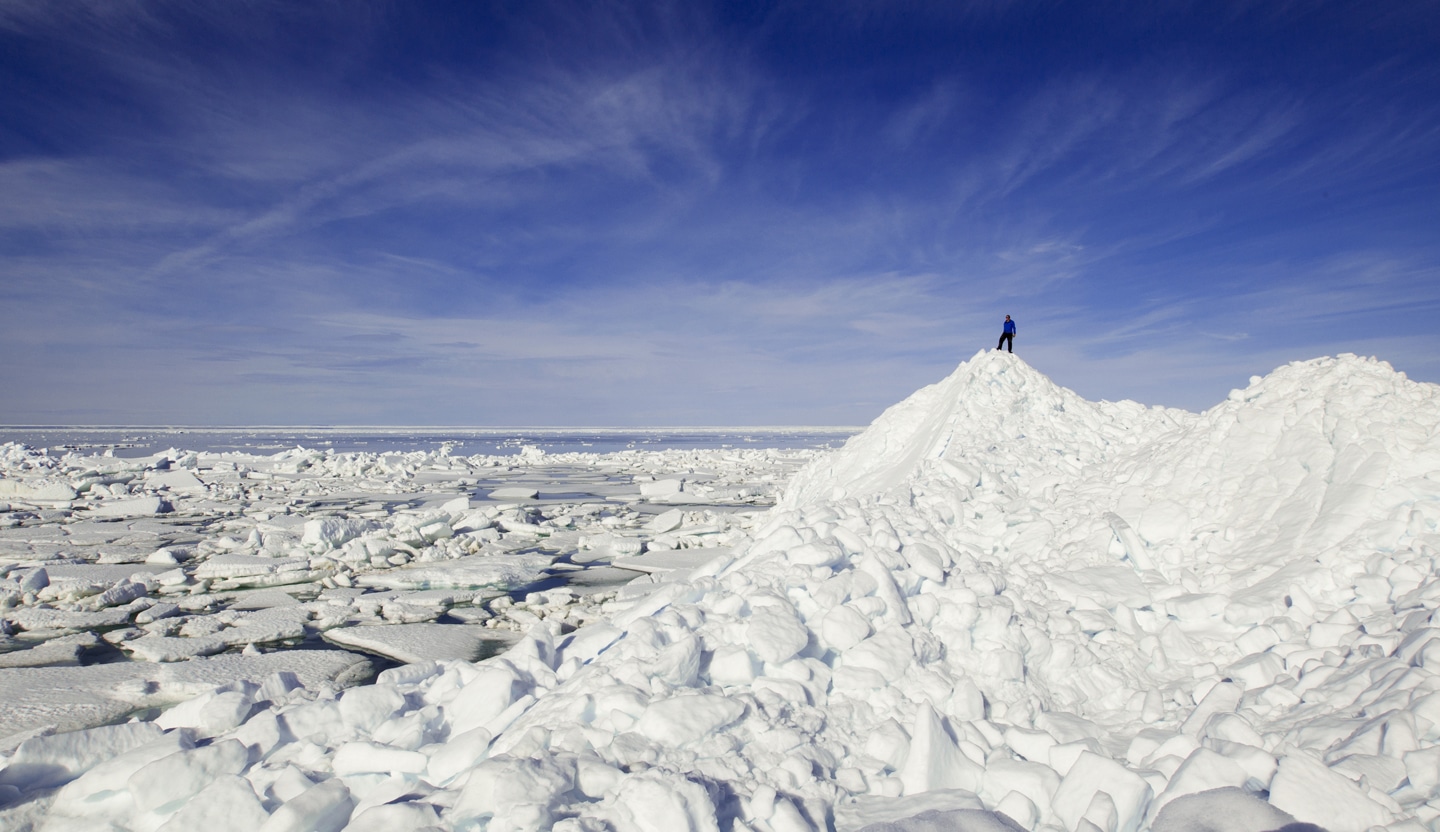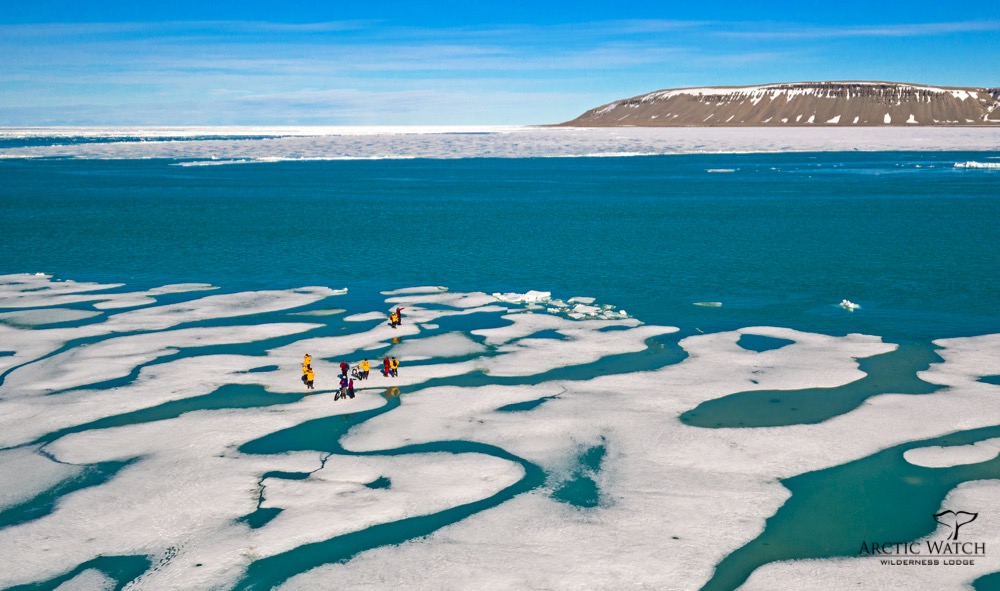
January 29, 2018 | Arctic Watch
TIPS FOR ARCTIC DRONE PHOTOGRAPHY
Growing in popularity, we have seen more guests visit with drones at Arctic Watch every year. They're fun and easy to use.
Drones have become a great tool for everyday photographers to capture new perspectives that give an unprecedented sense of scale. Growing in popularity, we have seen more and more drones at Arctic Watch every year. Whether they are capturing beautiful aerials of the belugas in Cunningham Inlet, flying over the many beautiful waterfalls and canyons or the giving a new perspective to the stark beauty of the arctic landscape; drones are a unique way to capture your experience at Arctic Watch. We welcome drones but also hope to ensure they are being used in a way which is respectful to not only other guests but also the wildlife we are all there to enjoy.

Here are our five of our top tips for done photography at Arctic Watch.
1) Practice, practice, practice.
There is nothing worse than seeing someone arrive at Arctic Watch with a brand new drone and no idea how to use it. Your drone’s autopilot GPS system works great ‘down south’ but can have a hard time calibrating at 74 degrees north. Because of magnetic interference, we recommend you fly your drone in manual mode to avoid your drone meeting a tragic end. So invest some time flying it in manual mode before your trip to Arctic Watch, that way you’re sure to return home with nice clean footage.

2) More batteries than less
While there are power outlets in your rooms, we don’t run power to the cabins while you are out on excursions during the day. You can expect to have power from 6am-8am and again from 4pm-10pm. To make sure you don’t run out of battery part way though your day, brining several backup batteries while out on excursion.
3) Check-in with your guides
Let your guides know that you are planning to use your drone. Knowing the area, they will often have good tips and can plan for longer stops which will allow enough time to setup your drone. It is also courteous to make sure fellow guests aren’t disrupted by the noise of your drone.
4) Keep your distance
For the same reason that we give wildlife lots of space when on foot, flying your drone too close to wildlife can scare them off and cause unnecessary stress on animals who are already living at the extremes of the earth. Depending on what animals we are out seeing that day, ask your guide what is an appropriate distance to fly your drone. We’re there to help you get the best shot possible!

Modern drones offer the convenience of being able to launch from virtually anywhere - maximizing your opportunity for the coolest photo possible!
5) Be aware of the sun
Fortunately, during the arctic summer the sun remains low in the sky which not only means great light for photography but also means that a high midday sun won’t cause an ugly prop shadow if you’re not paying attention. However, the sun’s lower position in the sky might catch you off guard and result in a bunch of overexposed footage. Keep an eye on the sun think about your drones positioning before you take off.
We have been fortunate to work with DJI over the years to capture the beauty of the Canadian Arctic using their drones. Here is a great video of some of the footage Nansen captured using the Mavic Pro this past summer: https://www.youtube.com/watch?v=NVNm3z0eSJA

We're here to help.
We understand that booking a trip like this is a big endeavour. Please reach out to us with any questions that you might have regarding your upcoming adventure.



